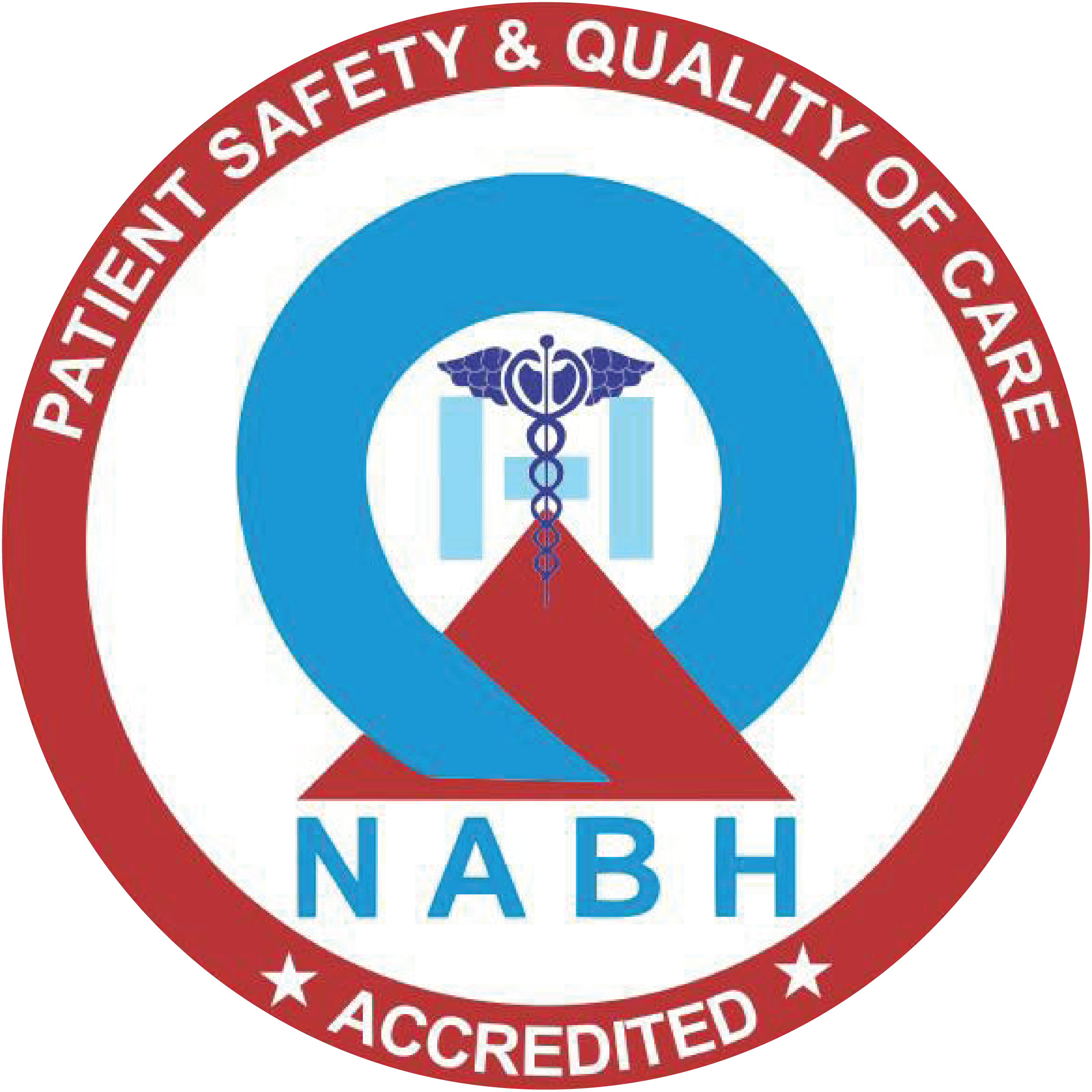
From birth to approximately the age of 30, muscles undergo a phase of growth and strengthening. However, entering the 30s marks a shift, where individuals begin to experience a decline in muscle mass and function. This phenomenon is commonly known as age-related sarcopenia or sarcopenia with aging.
The Impact of Physical Activity
Muscle Loss Over Time: Both physically inactive and active individuals face the risk of losing muscle mass, with the potential of 3% to 5% decrease per decade after reaching the age of 30.
Diagnosing and Understanding Sarcopenia
No Definitive Test: Diagnosing sarcopenia lacks a specific test or muscle mass threshold. However, any loss of muscle is significant as it contributes to a reduction in strength and mobility.
Age-Related Trends: Sarcopenia tends to accelerate, particularly around age 75, but variations exist, with onset occurring as early as 65 or as late as 80. This condition is a key factor in frailty and increases the likelihood of falls and fractures in older adults.
Unveiling Symptoms and Causes
Recognizing Symptoms: Symptoms of sarcopenia include weakness and reduced stamina, potentially hindering physical activity and leading to further shrinkage of muscle mass
Factors Contributing to Sarcopenia: While commonly observed in inactive individuals, the occurrence of sarcopenia in physically active individuals suggests additional influencing factors. These may include a reduction in nerve cells, lower concentrations of hormones
(growth hormone, testosterone, insulin-like growth factor), decreased protein-to-energy conversion ability, and insufficient daily calorie or protein intake.
Strategies for Managing Sarcopenia
Exercise as a Key Treatment: The primary approach to addressing sarcopenia is through exercise, specifically emphasizing resistance training or strength training. These activities, utilizing weights or resistance bands, aim to enhance muscle strength and endurance.
Benefits of Resistance Training: Engaging in resistance training not only benefits the neuromuscular system and hormones but also improves an older adult’s ability to convert protein into energy in as little as two weeks.
Guidelines for Effective Exercise: Ensuring the right number, intensity, and frequency of resistance exercises is crucial for maximizing benefits while minimizing the risk of injury. Collaborating with an experienced physical therapist or trainer is recommended for developing a personalized exercise plan.
#MuscleHealth
#SarcopeniaAwareness
#AgingWell
#StrengthTraining
#HealthyAging
#MobilityMatters
#ExerciseForLife
#SeniorHealth
#PhysicalActivity
#MuscleCare


